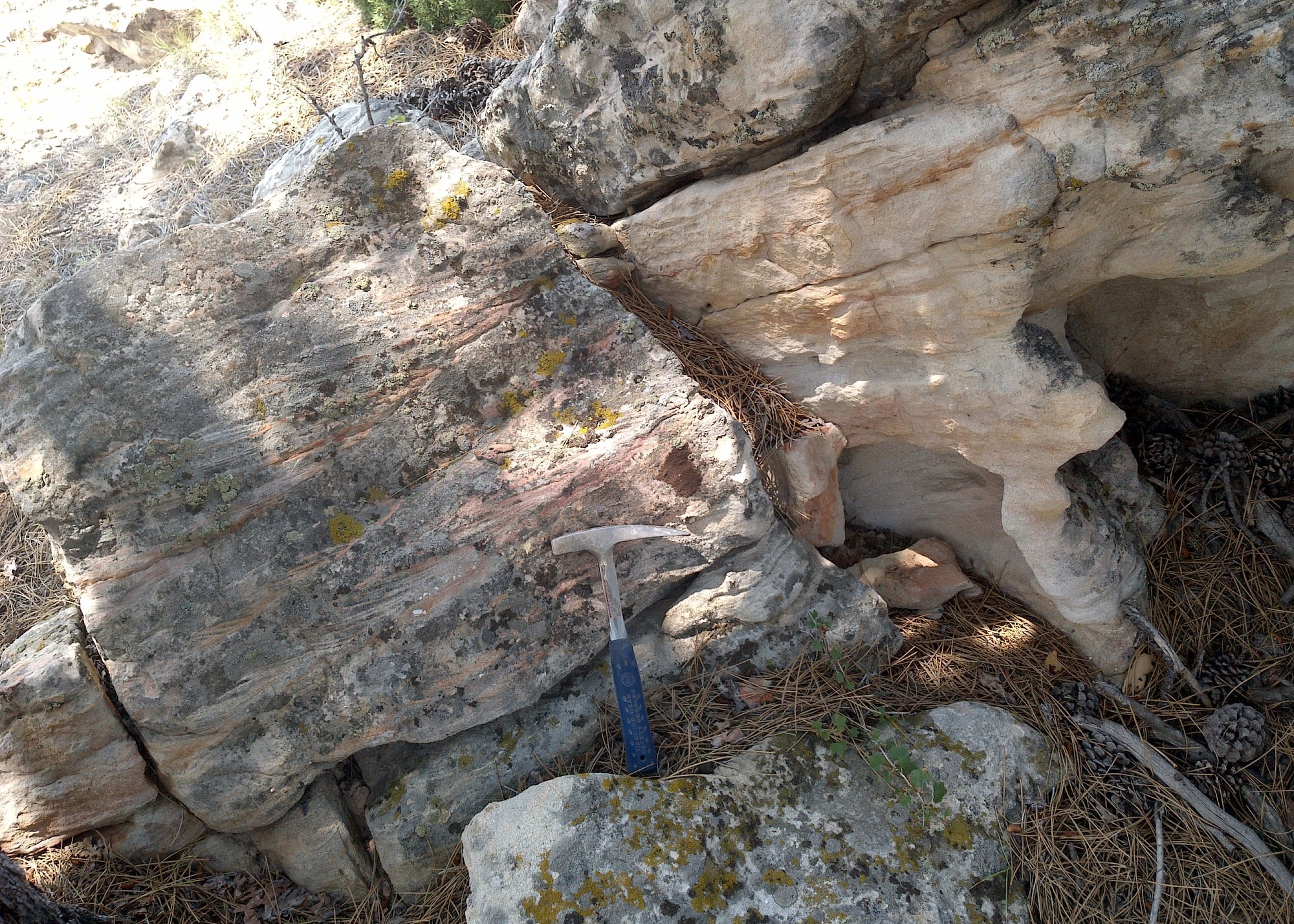NEWS RELEASE: Wyoming Geological Survey Maps the Oil Mountain Quadrangle in Natrona County
Wyoming State Geological Survey sent this bulletin at 06/28/2022 08:17 AM MDT
June 28, 2022
******FOR IMMEDIATE RELEASE******
Media Contact:
Christina George
(307) 766-2286 x231
christina.george@wyo.gov
WSGS Maps the Oil Mountain Quadrangle in Natrona County
The Wyoming State Geological Survey (WSGS) published a new bedrock geologic map of the Oil Mountain quadrangle in central Wyoming. The study better characterizes the area’s mineral and energy resources, as well as sedimentation trends from when Wyoming was covered by an ancient sea.
“Energy and mineral resources are our number one criteria for prioritizing geologic mapping targets in Wyoming,” says Dr. Erin Campbell, State Geologist and Director of the WSGS. “The Oil Mountain map addresses several aspects of economic potential for the state.”
The Oil Mountain quadrangle is 15 miles west of Casper and at the southeastern margin of the Wind River Basin. The basin’s eastern boundary is defined by the Casper Arch, a northwest-trending region of folding and faulting that separates the Wind River and Powder River basins. Several of the geologic units in the Oil Mountain quadrangle, such as the Wall Creek Sandstone of the Frontier Formation and the Parkman Sandstone of the Mesaverde Formation, are well-known oil and gas reservoirs or source rocks in both basins. These same units also may be local sources of groundwater or enriched in mineral resources.
Oil and gas production in the quadrangle dates back to the mid-1800s, and includes the Iron Creek, Poison Spider, Oil Mountain, and Canal fields, which produce from primarily Cretaceous-age rocks in reservoirs controlled by Laramide folding and faulting.
“The Casper Arch area is a great place to study Wyoming’s iconic Cretaceous sedimentary section,” says WSGS geologist Derek Lichtner. “These typically buried formations rise to the surface here, allowing geologists to connect the dots between wells in the nearby basins.”
The 1:24,000-scale map and accompanying 34-page report provide updated information about the geologic structure and sedimentary history of formations within the quadrangle, as well as their potential as a resource of groundwater, heavy-mineral sands, coal, uranium, bentonite, and aggregate.
The report summarizes analytical results acquired from rock samples of key formations: whole-rock geochemistry, source-rock analysis, palynomorph biostratigraphy, and detrital zircon geochronology. These analyses shed light on various aspects of the formations’ geologic history, such as depositional age, depositional environment, fossil assemblages, and organic content. An extended dataset is available from the WSGS website.
The map also builds upon recent WSGS studies in the Powder River Basin and Greater Green River Basin, and recent quadrangle maps, including Ervay Basin, Ervay Basin SW, and Richards Gap.
The Oil Mountain quadrangle mapping project was supported with funding through the U.S. National Cooperative Geologic Mapping Program (STATEMAP), which is managed by the U.S. Geological Survey.

Caption: Cross-bedded Cloverly Formation sandstone on the southwestern flank of Oil Mountain. (WSGS photo)

